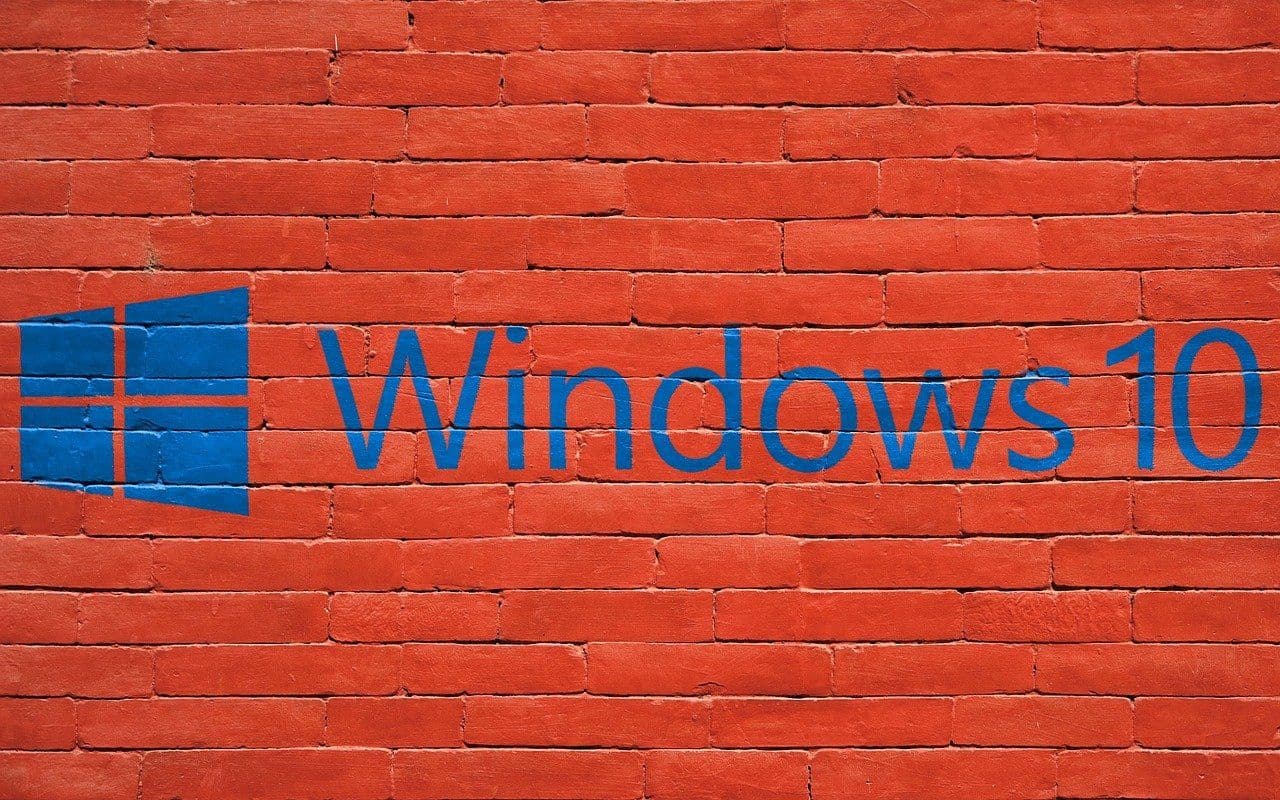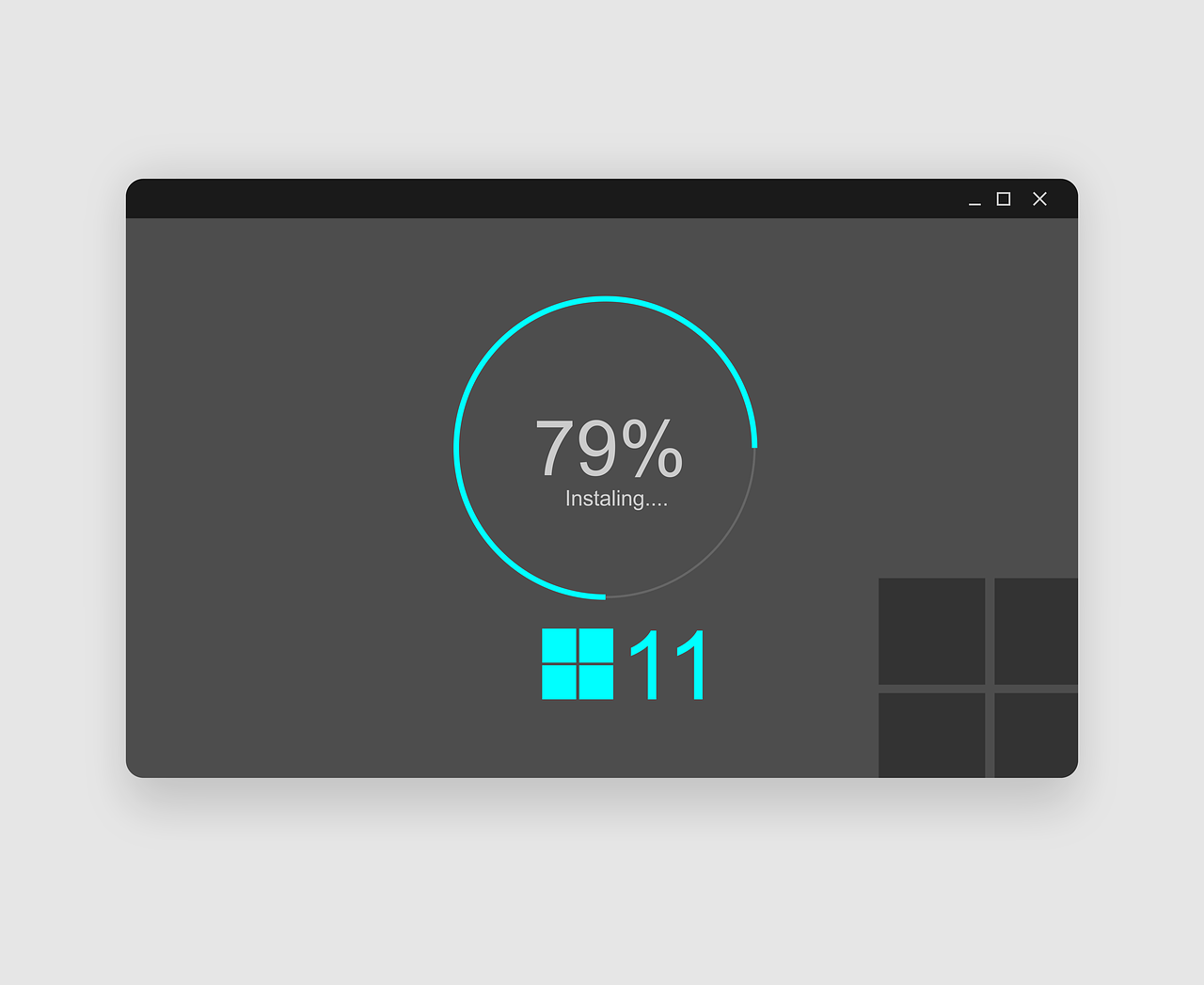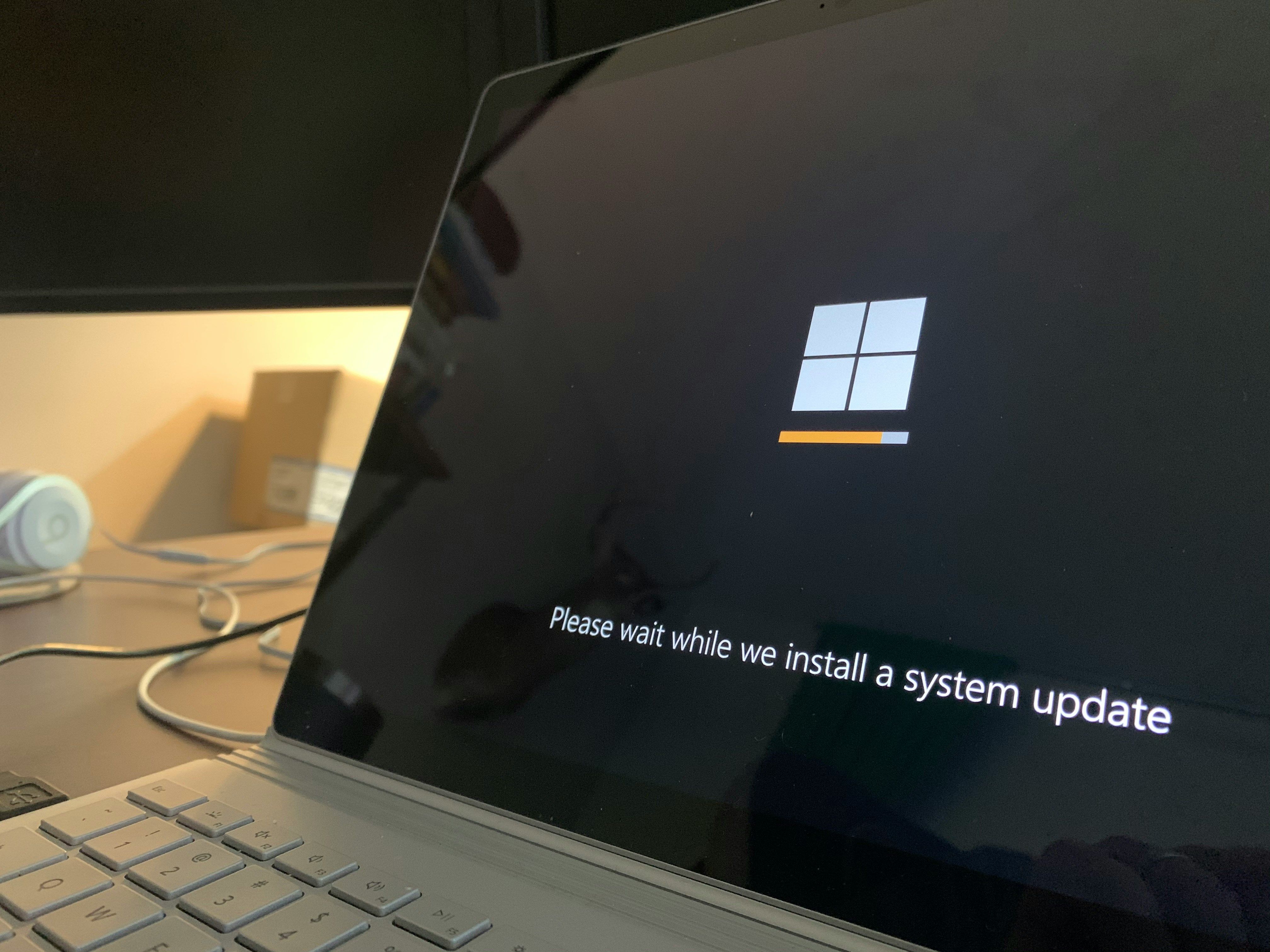Windows 10 Growing, Windows 11 Losing Users
Why are users shifting from Windows 11 to Windows 10?
Eddie
May 3, 2024

In the world of operating systems, the ebb and flow of user preferences between different versions can be quite telling about the features and functionalities that resonate most with the end users. Recent data seems to illustrate a surprising trend in the Windows ecosystem: Windows 10's user base is growing, while Windows 11 is experiencing a decline. This shift is notable given that technology typically moves towards newer software.
Exploring Windows 10's Resilience

Windows 10 Market Share Growth Analysis
Recent data highlights a surprising trend: Windows 10's market share has been increasing. According to a report from Statcounter, Windows 10's market share crossed the 70% mark for the first time since September 2023. This increase occurred concurrently with a significant drop in Windows 11's user base. Factors specialized analysts attribute to the growth in Windows 10's market share include a combination of its familiar user interface, broad compatibility with various applications, and fewer restrictive system requirements compared to its successor.
Key Factors Driving Users Back to Windows 10
- Compatibility and Stability - Windows 10 continues to support older hardware and software interfaces that newer systems like Windows 11 often do not, making it a preferred choice for organizations looking to minimize disruption.
- User Familiarity - The user interface changes in Windows 11 have not been well-received by everyone, leading some users to revert to the more familiar Windows 10 environment.
- Performance Issues with Windows 11 - Some users have reported slower performance and higher resource consumption on Windows 11, which drives the preference back to the more efficient Windows 10.
- Privacy Concerns and Bloatware - Windows 11 has introduced features and software that some users feel encroach too much on privacy or are unnecessary, evident in the increased number of "recommended" ads and pre-installed apps.
The Decline of Windows 11

Recent Market Share Statistics
According to recent analysis by Statcounter, Windows 11 saw a marked decrease in its market share, dipping below 26%. This downtrend is notable, given that new PCs and devices generally ship with the latest available version of Windows. Within just a few months, from its peak at 28.16% in February 2024, Windows 11's market share fell to 25.65%, indicating a swift change in user preferences.
User Dissatisfaction and Feature Controversy
Windows 11 has been at the center of various controversies, which have contributed to its decline in popularity:
- System Requirements - The stringent system requirements for Windows 11 prevent many older computers from updating, alienating a significant number of users.
- Removed Features - Microsoft’s decision to remove certain features, like the Windows Subsystem for Android, has left many questioning the benefits of upgrading.
- Increased Advertising - Users have expressed discontent over the intrusive ads and suggestions integrated into the OS, tarnishing the overall user experience.
The Impact of Microsoft's AI Integration Strategy
Microsoft's strategy to integrate more AI-driven features such as Copilot into Windows 11 hasn't been universally welcomed. With suggestions that some of these AI features might not be available on existing hardware, users with older systems feel compelled to stick with Windows 10 or to revert to it after trying Windows 11. Additionally, the move towards AI-centric operations raises concerns about privacy and increases the complexity of what many hoped would remain a straightforward desktop experience. This growing dissatisfaction culminated in a noticeable migration back to Windows 10 from Windows 11 starting in January 2024.
The Future Outlook for Windows OS

Potential Shifts in User Preferences
The gradual migration of users from Windows 11 to Windows 10 is largely influenced by dissatisfaction with the newer version's features and increased system requirements. Key issues include invasive advertisements, the removal of popular features such as the Windows Subsystem for Android, and hardware compatibility problems. The planned introduction of AI-driven features in Windows 11, which may not be supported by older devices, further complicates the appeal of Windows 11 for users unwilling or unable to purchase new hardware.
This scenario presents a potential shift in user preference towards a more stable and familiar user experience offered by Windows 10. Users appear to prioritize system reliability and functionality over newer, albeit less compatible, innovations. The significant user base still operating on Windows 10, despite its approaching end-of-life in October 2025, shows the strong preference for a legacy experience that balances modern needs with traditional usability.
Microsoft's Strategic Adjustments
Microsoft's response to these trends involves a strategic reassessment of how Windows 11 is positioned within the market. Immediate adjustments may include enhancements to system compatibility, reductions in advertisement intrusiveness, and potentially revisiting removed features. Looking ahead, Microsoft might recalibrate its update and AI integration strategies, especially concerning how it phases out older systems while still catering to a diverse user base's needs.
The company's focus on introducing AI features indicates a strategic pivot towards more advanced, AI-integrated computing. However, this shift likely requires balancing innovation with accessibility, ensuring new features add value without alienating users with older hardware or those skeptical of AI's impact on user experience.
Long-Term Implications for Windows 10 and 11
The current user migration trends hold significant long-term implications for both Windows 10 and Windows 11. For Windows 10, continued user support and perhaps an extended lifespan could be considered to maintain its large user base satisfied until a more compelling upgrade option is available. For Windows 11, Microsoft might need to implement substantial modifications to regain user trust and increase its adoption rates.
Strategically, Microsoft may need to enhance cross-version compatibility and ease the transition burdens through more flexible system requirements and hardware-independent features. This approach could help in gradually shifting the large Windows 10 user base to Windows 11, ensuring a smoother transition aligned with technological advancements and user expectations.




